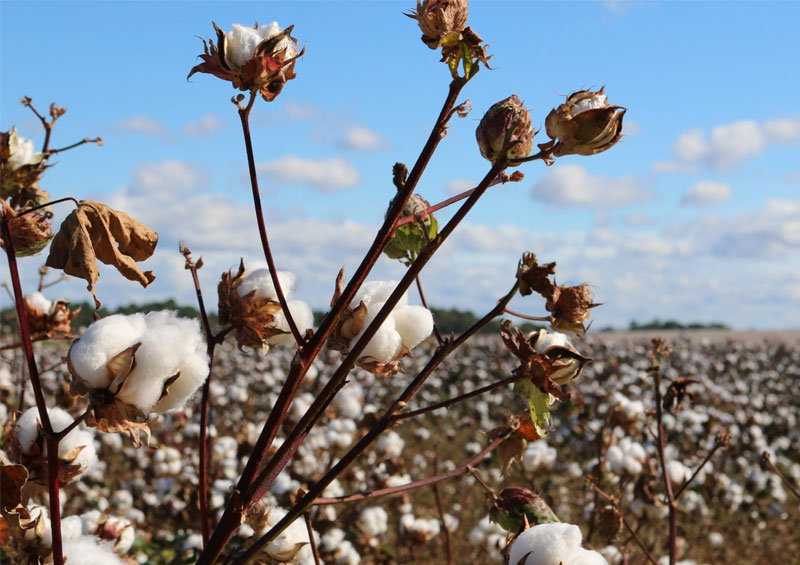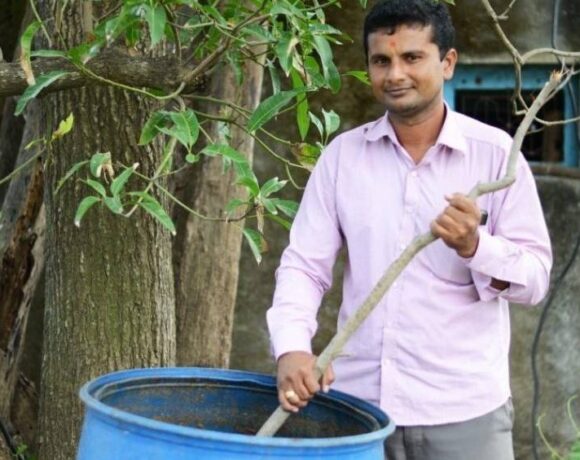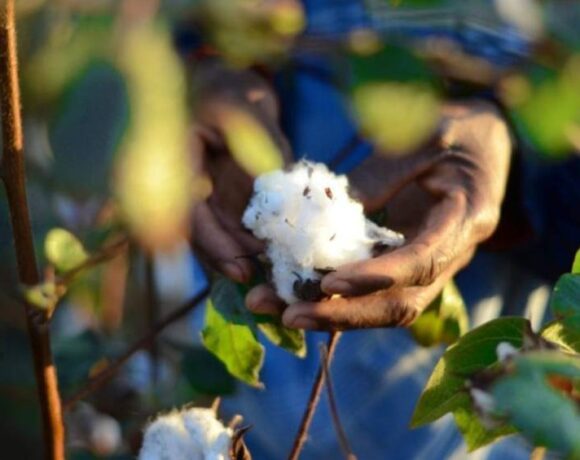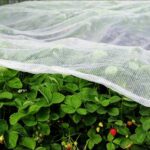Turkish Cotton Production Expected To Decline In 2023-24 Amid Economic Challenges

The latest USDA report on Turkey’s cotton production for the marketing year (MY) 2023-24 suggests a significant decrease in cotton output. Projections indicate a drop to 755,000 metric tonnes (MT), equivalent to 3.5 million bales, compared to the previous year. The report attributes this decline to farmers’ decision to reduce cotton planting due to falling cotton prices and rising input costs.
In the preceding marketing year (2022-23), cotton farmers in Turkey faced challenges as they struggled to generate sufficient profits to cover mounting input costs. This trend has persisted in 2023-24. Domestic cotton prices, mirroring global trends, have decreased over the past year. Simultaneously, input costs, including fertilizers, pesticides, seeds and labour, have continued to rise. These inputs, except for labour, are often imported, making them susceptible to fluctuations in foreign exchange rates.
The report highlights that the Agricultural Inputs Price Index (AIPI) in Turkey saw inflation reaching approximately 103 per cent in 2022. This inflationary pressure extends to the Consumer Price Index (CPI) and Producer Price Index (PPI). In April 2023, as the cotton planting season commenced, the AIPI recorded an alarming 40 per cent inflation rate. The high input costs, coupled with diminishing cotton prices, are expected to further erode farmers’ profit margins, potentially discouraging them from planting cotton in the current marketing year.
Moreover, macroeconomic conditions in Turkey have not shown signs of improvement and the report suggests that change in the short term is unlikely. The depreciation of the Turkish Lira against major currencies, which was temporarily controlled in the run-up to the general elections, adversely impacted the competitiveness of Turkish-made apparel in export markets. Decreased demand for ready-to-wear apparel, both domestically and internationally, has further strained the cotton industry.
However, there is a glimmer of hope in some regions. Cotton planting in Hatay was unaffected by earthquakes that struck in February 2023. Additionally, unfavourable weather conditions forced some wheat farmers in Urfa province to switch to cotton planting. Although this late planting may yield lower-than-optimal results, it is expected to increase cotton production in MY 2023-24.
The report notes that drought conditions, which had plagued Turkey from fall 2022 to spring 2023, eased by April 2023. Heavy spring rains caused localized flooding, delaying cotton planting in some areas. Nevertheless, favourable weather conditions in June, July and August have led to promising cotton growth. The Better Cotton Initiative (BCI) also plays a role, with a forecasted production of 130,000 MT in MY 2023-24, as Turkey seeks to meet the sustainability demands of high-end consumers in Europe and the United States.
Cotton Consumption and Trade
Despite challenges in cotton production, Turkish cotton consumption is predicted to increase in MY 2023-24, reaching 7.6 million bales. This rise is attributed to expectations of increased ready-to-wear apparel orders following the depreciation of the Turkish Lira post-general elections. Nonetheless, consumption remains below its full potential due to ongoing economic challenges, both domestically and internationally.
In the global trade arena, Turkey is expected to import 800,000 MT (3.7 million bales) of cotton in MY 2023-24. The United States is anticipated to maintain its position as the leading cotton supplier to Turkey, benefiting from a 10 per cent increase in market share compared to the previous year. Meanwhile, cotton exports from Turkey are forecasted at 150,000 MT (~689,000 bales) for MY 2023-24, a 17 per cent decrease from the previous year’s estimate.
Challenges in the Textile Industry
The textile and apparel industry in Turkey, which accounts for approximately 15 per cent of all exports, is grappling with numerous challenges. High inflation and the overvaluation of the Turkish Lira against major currencies have hindered the industry’s ability to receive international orders. Additionally, reduced demand for ready-to-wear apparel from Europe and the US has impacted Turkish garment and apparel production. Leading companies like Inditex Group, known for brands like Zara and Bershka, have ceased orders from Turkey due to high prices.
Industry leaders have called on the Turkish government to intervene, including increasing tariffs for cotton yarn to slow imports and establishing quotas to protect local spinners. Despite these obstacles, the textile sector is making strides toward sustainability, with an increased focus on recycling and the development of biotechnological fertilizers and seeds to improve cotton production efficiency and reduce environmental impact.
While Turkey’s cotton industry faces significant challenges in the coming year, it continues to adapt and explore opportunities for growth and sustainability in a changing global market.














